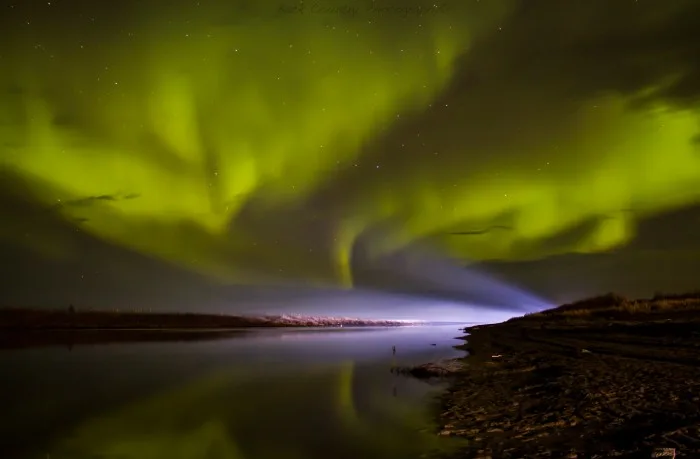
The science behind the world's greatest natural light show
Point of Viewer is an ongoing Weather Network feature where we explore Canada through your photos and videos. Check back often for new videos and scroll down to see how you can get involved.
You can see the northern lights – or aurora borealis – year-round in Canada, but the best time to spot them is in the winter.
That’s because December through March offers some of the darkest skies of the year, and auroras are the easiest to spot in low light.
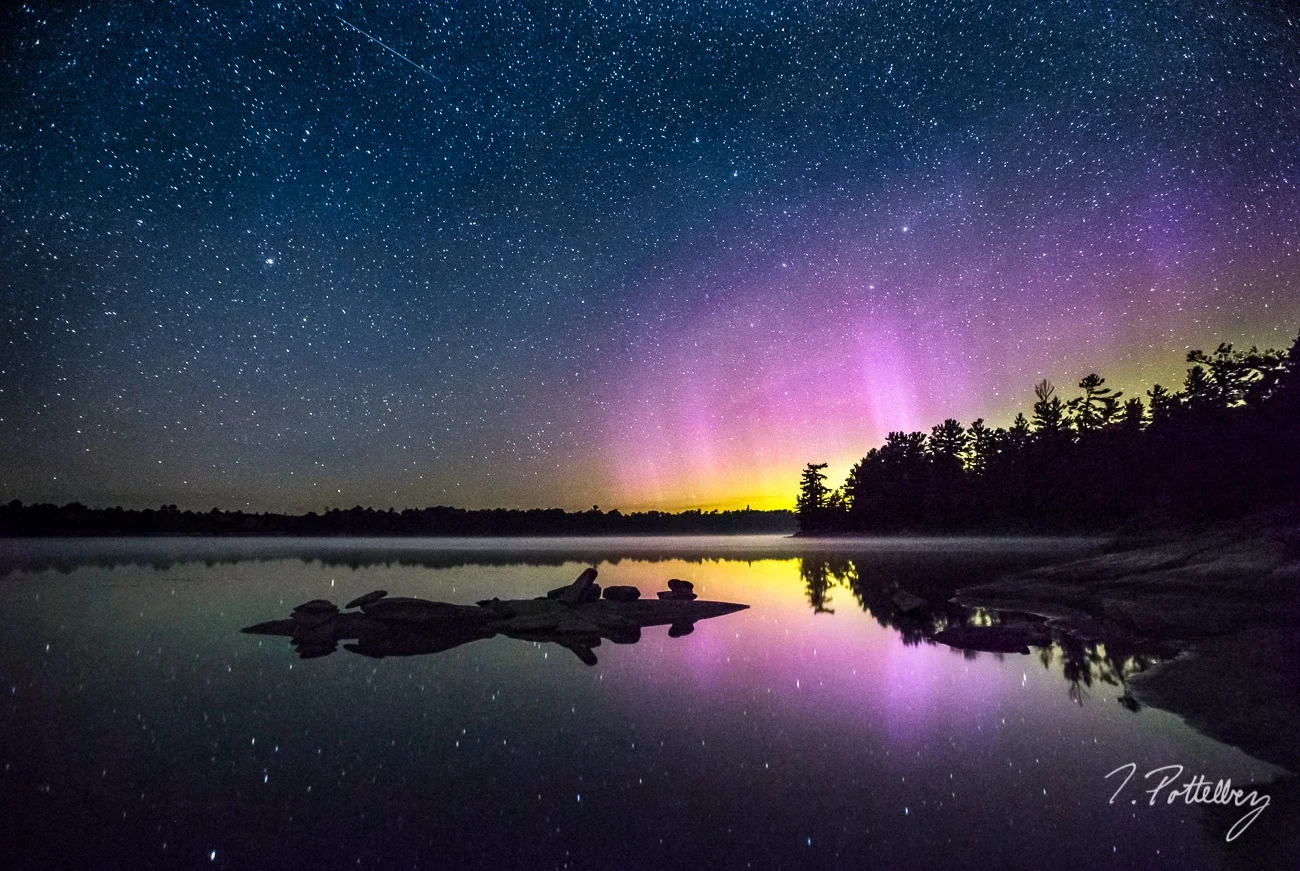
Trevor Pottelberg, Britt, Ontario
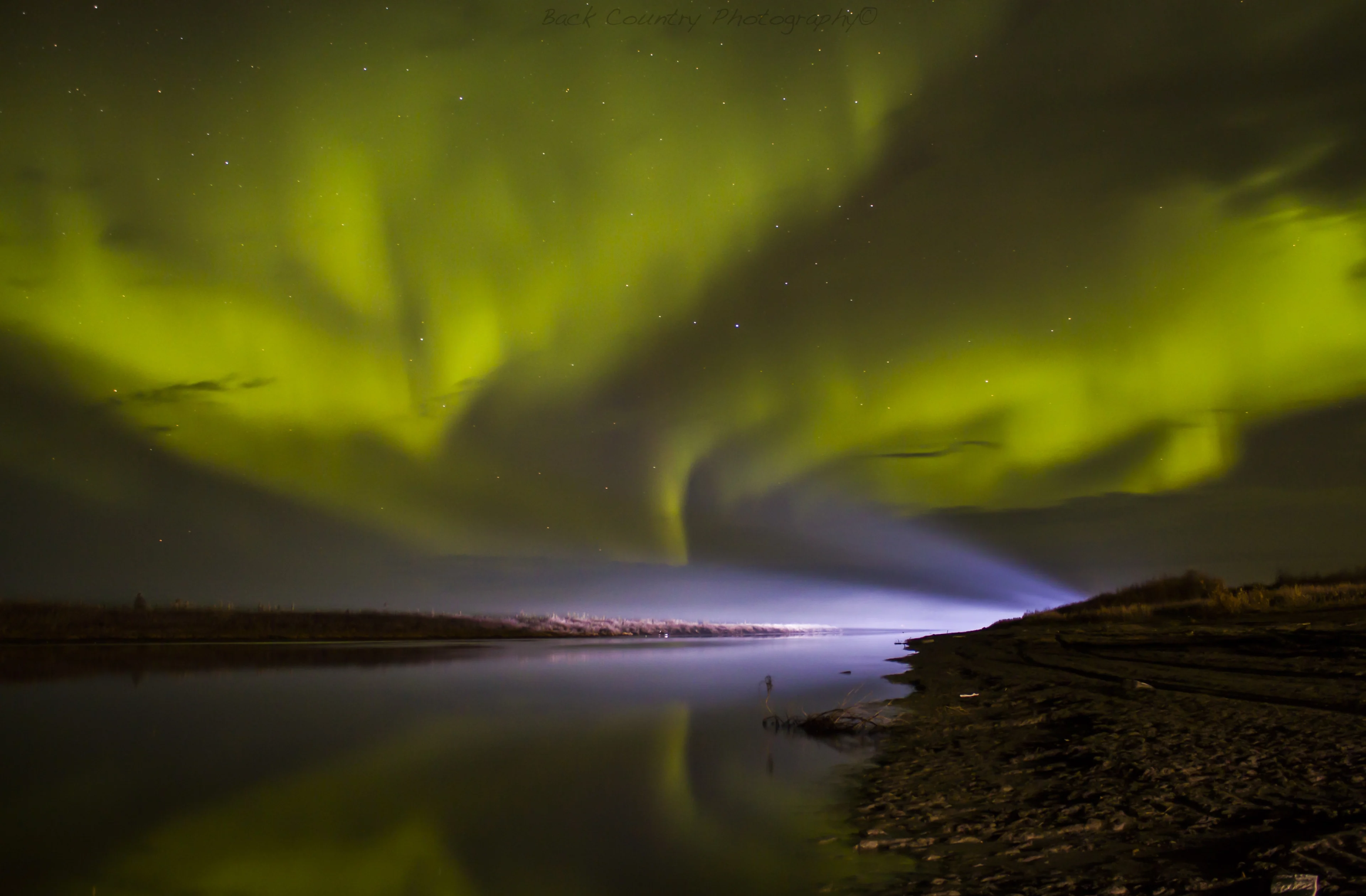
Ryan Compton, Inuvik, NT
Northern lights -- or aurora borealis -- occur when solar particles collide with the Earth's atmosphere. Their colour variety results from the presence of different types of gas particles in the atmosphere as well as the wavelength of light that's emitted, according to NASA.
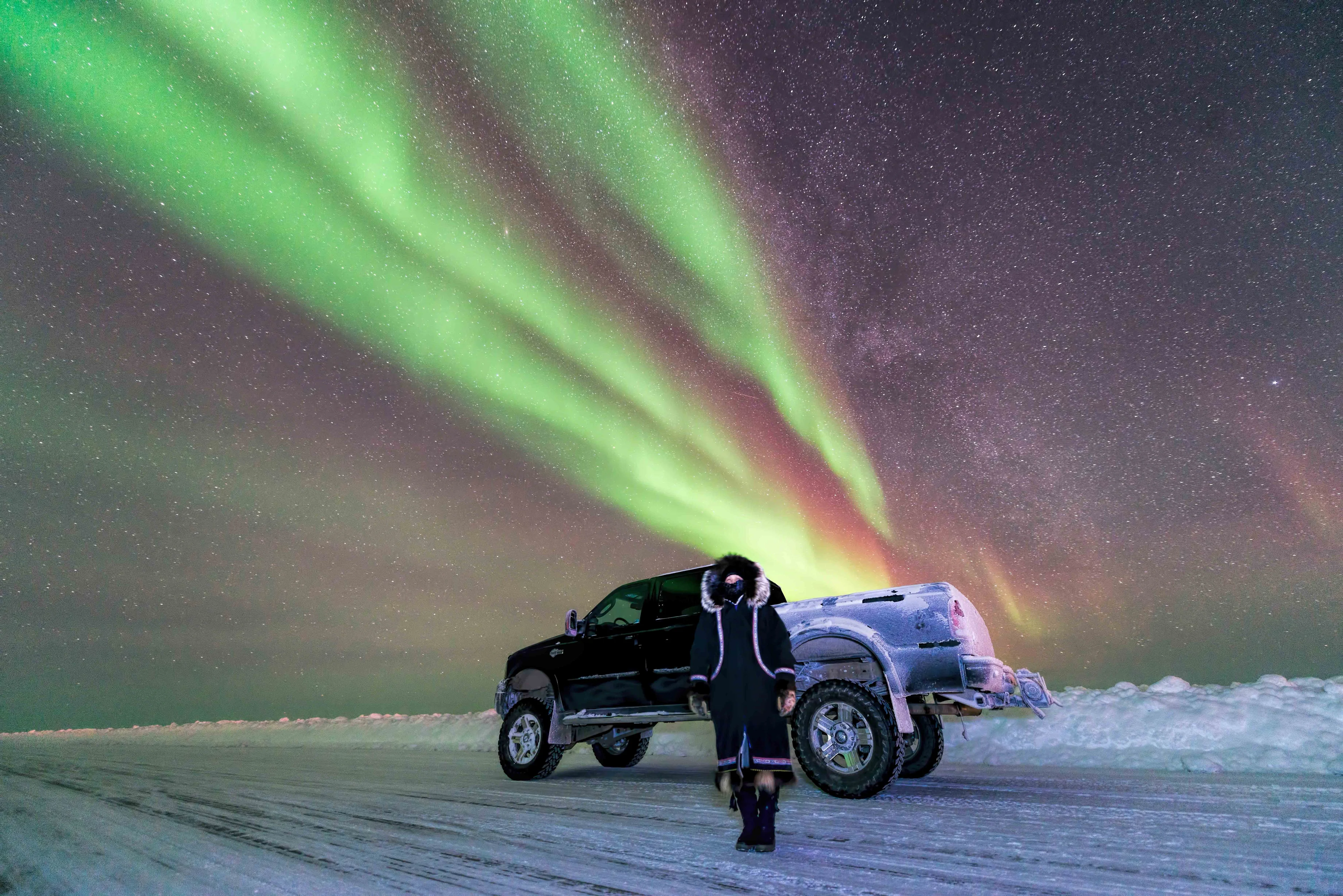
Francis Anderson, Tukyoyaktuk, NT
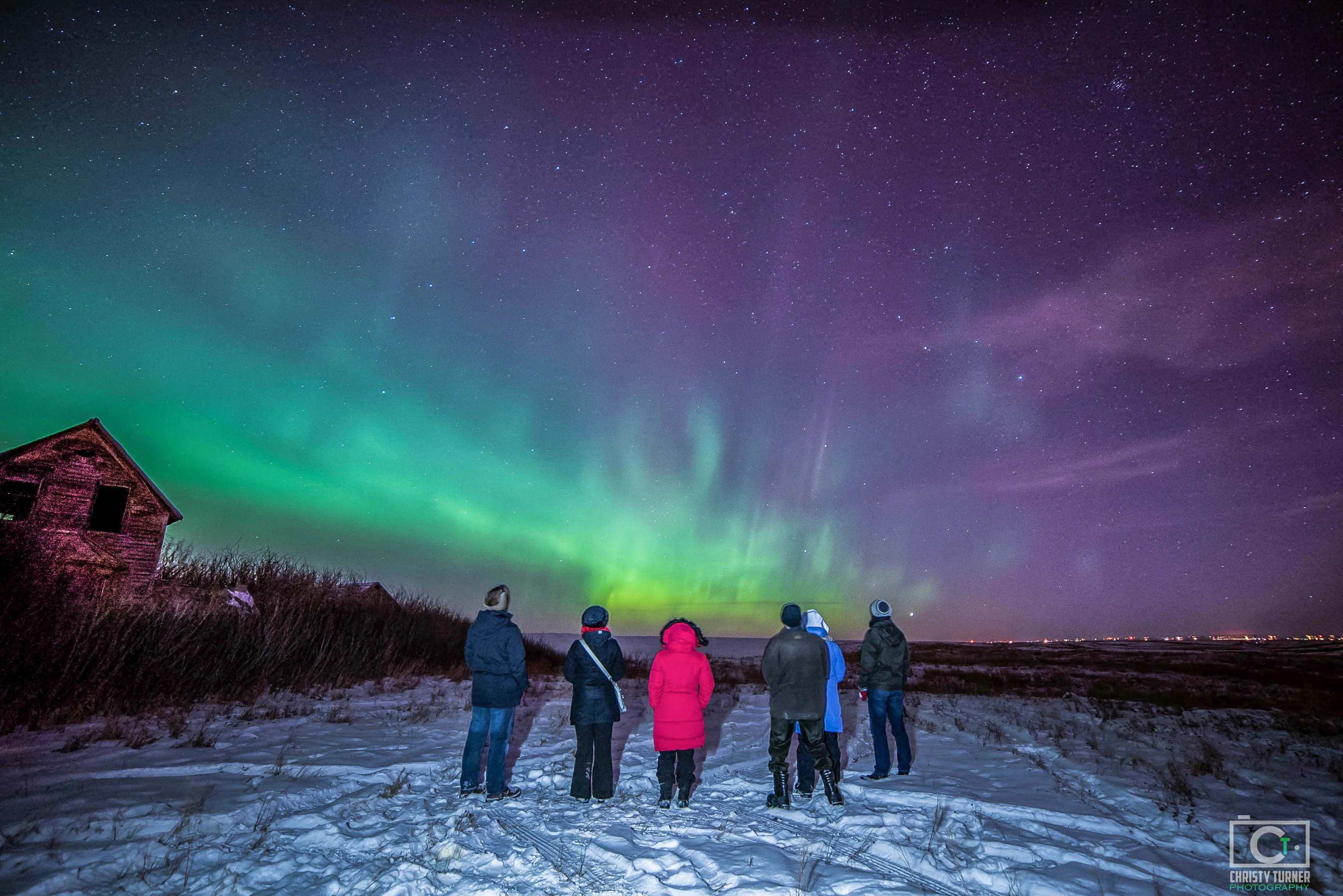
Christy Turner, Acme, Alta
Two of the most common elements in the Earth's atmosphere -- oxygen and nitrogen -- create different types of northern lights. Oxygen is responsible for green and yellowish-green auroras. Blue, purple and reddish-purple auroras are rare in comparison. They're created with the help of nitrogen.
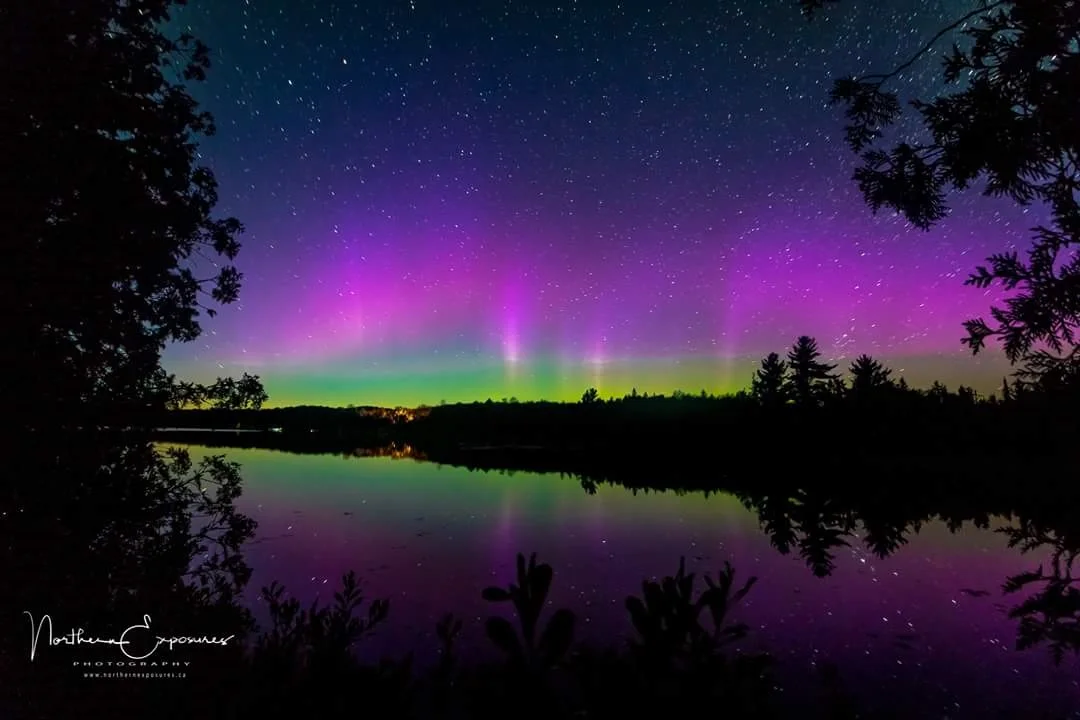
Richard Boose, Elliot Lake, Ontario
So keep your eyes to the sky. If the conditions are right, you might catch a glimpse of this natural wonder.
Upload your photos and videos to The Weather Network. You might see them in a feature just like this one.
